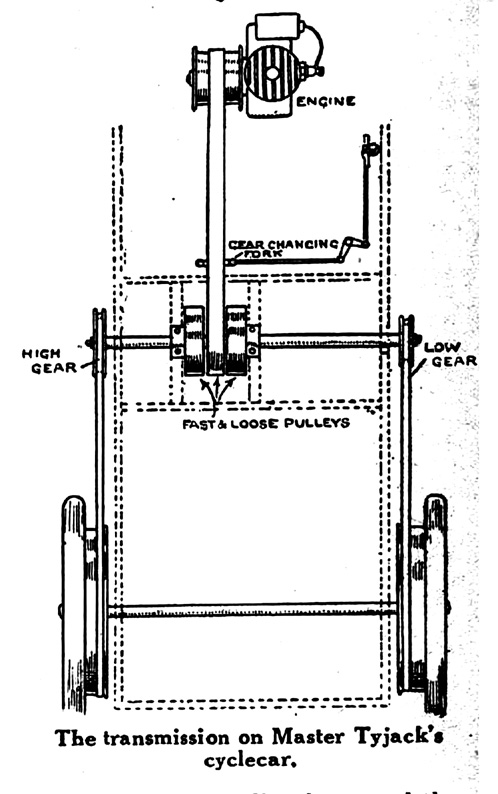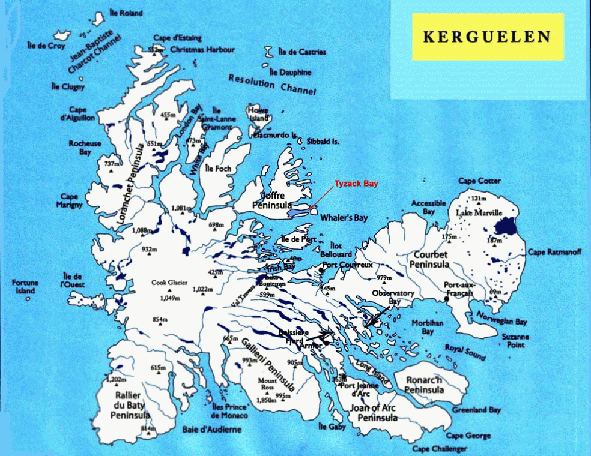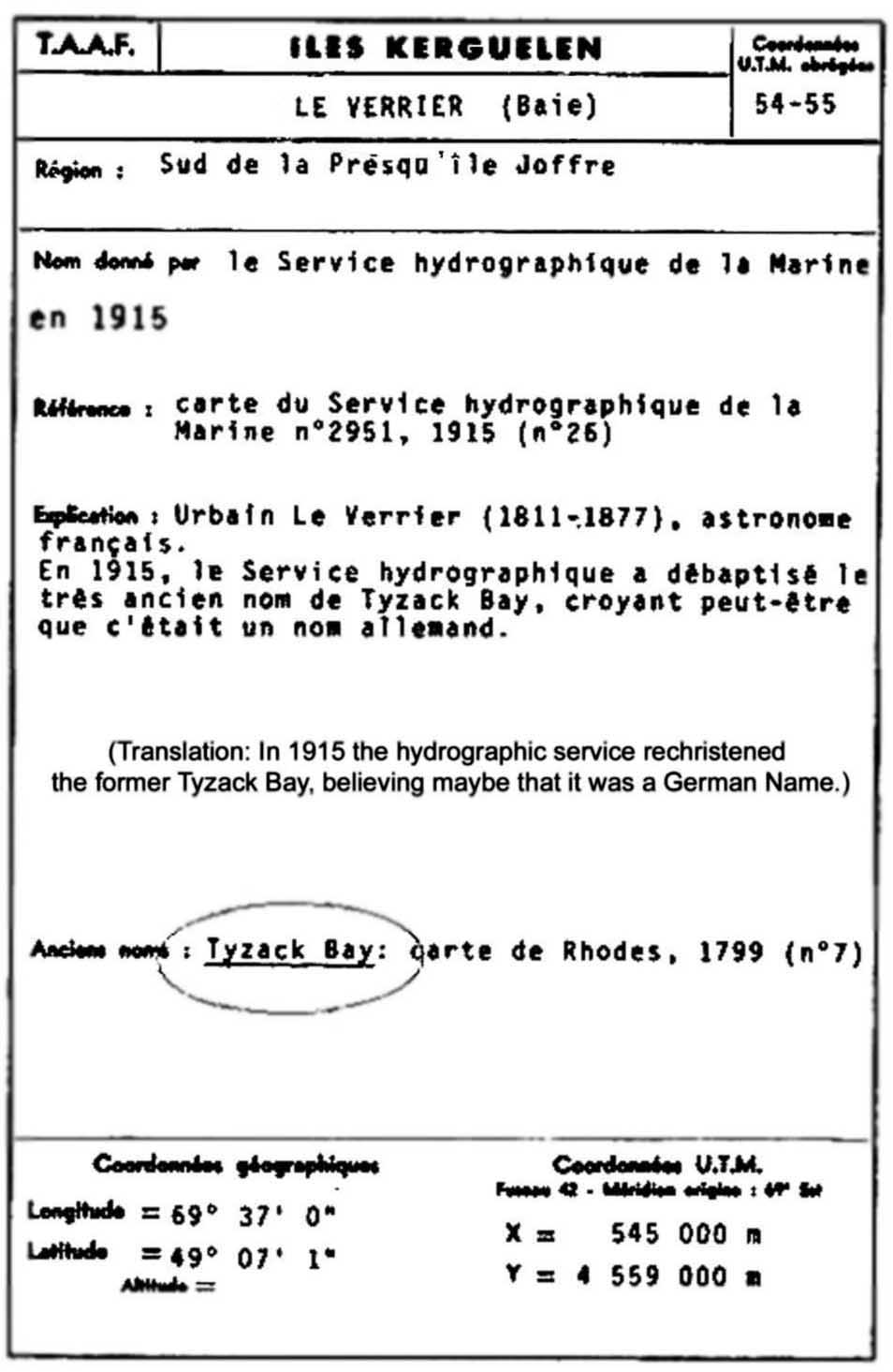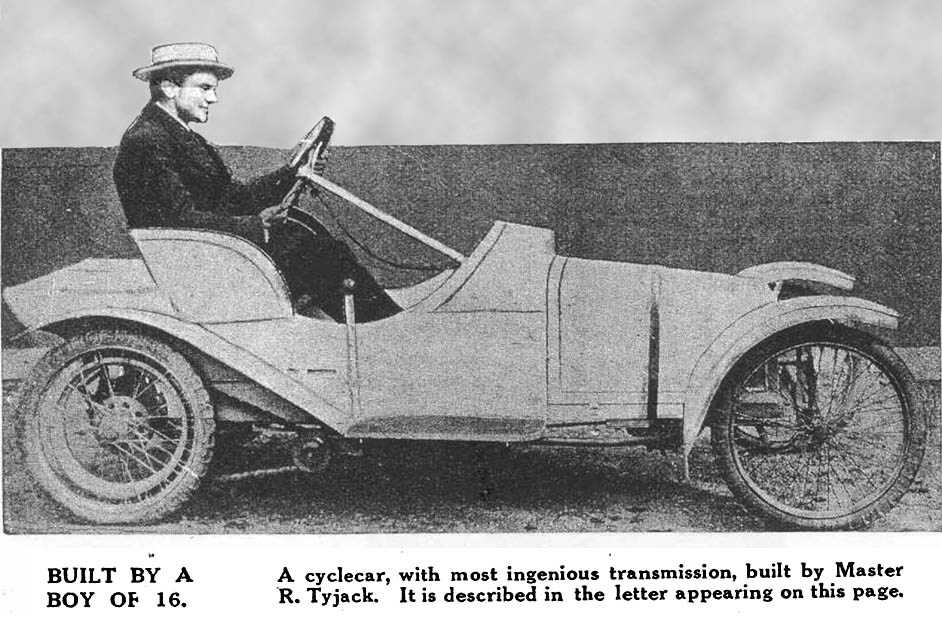|
Ingenious Transmission by a
Youth of 16.
Having seen the description in THE CYCLECAR of a cyclecar
built by a boy of 16, I enclose a photo and description of one built and
designed by myself, who am the same age. Up to the introduction of the
well-known Bedelia, I had been interested in motorcycling in general, and since
the cyclecar seemed within my reach, I decided to design one. At the time I was
only 14 years old, but found plenty of friends willing to give me their advice,
among them being Mr. H. F. S. Morgan. The design finally settled on I will
endeavour to explain.
The frame is made of ash, armoured where it was
thought necessary. Between the engine cradle plates and the frame are flat
rubber vibration absorbers. The power is transmitted from a flat 5 in. pulley
on the engine shaft, through a 2½ in: by ¼ in. flat solid leather belt to the
countershaft, which is in two parts and run on four ball bearings. There are
three pulleys on the countershaft to take the drive from the engine and two V
pulleys, with a Whittle belt to take the drive to the back wheels. The centre
pulley gives free engine position, the one on either side drives respectively
either wheel. As the two V pulleys are of different size, it follows that, by
shifting the engine belt from one to the other of the flat pulleys, a high or
low gear is obtained. The striker for moving the flat belt over the three
pulleys is connected to a T pedal on the footboards, which makes rather a neat
and handy control, as the high and low gears and clutch are all operated by the
feet, leaving the hands for steering and the side brake. I believe the
transmission is now used on the Glover cyclecars, but as I am not in the trade,
and have no thoughts of being so at present, I feel sure this concern will not
accuse me of infringing their patents. R.
Tyzack .
Sheffield.
|  |




